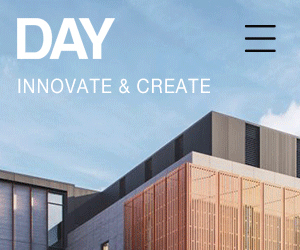By David Bolton, global healthcare industry director at Qlik
Every day I see a new report, article or blog post about the promise of predictive and advanced analytics to change the face of healthcare.
Cultural change is one of the most-significant early impacts of analytics programs and the most effective solution is early and broad engagement with stakeholders
In fact, it’s become the norm for healthcare providers to ask me about this before anything else in meetings and at events.
While I fully appreciate the potential, and often proven, value in predictive and advanced analytics, many organisations are still in the early stages of data-driven healthcare.
I have been fortunate to work with health systems all over the world, seeing what works and occasionally what doesn’t. Below are my top tips for getting the basics right, from real world observations spanning many years in both public and private healthcare.
1. Expect and plan for resistance!
Providing access to information and insight which has been hidden in silos of reports for many years can be a cultural shock. Cultural change is one of the most-significant early impacts of analytics programs and the most-effective solution is early and broad engagement with stakeholders.
Adoption is often the biggest cause of failure, and in my own personal experience, early stakeholder engagement, from clinicians to managers is the simplest and most-effective way to reduce resistance and drive cultural change.
2. If it doesn’t add value, don’t do it!
I have seen so many project owners pulling their hair out over this, I can’t stress this point enough. A beautiful dashboard pulling data from multiple systems is fantastic, but if the information it conveys doesn’t save time, cost or deliver insight to support improvement, it will not be used.
A beautiful dashboard pulling data from multiple systems is fantastic, but if the information it conveys doesn’t save time, cost or deliver insight to support improvement, it will not be used
Before you embark on a new dashboard or analytical app, ask yourself two simple questions… how will this help staff to do their jobs? And what impact will this improvement have on the organisation? If both of these questions can be answered and ideally, quantified, you have a winning formula.
3. Celebrate (and shout about) success!
Cultural change does not happen overnight and requires constant encouragement. When your first analytics programmes deliver results, quantify them and shout them from the rooftops.
It is critical for employees to see senior-level spokespeople embracing change and encouraging best practice
It is critical for employees to see senior-level spokespeople embracing change and encouraging best practice. Healthcare is a high-pressure, complex environment where the day-to-day whirlwind often overshadows small victories. Stakeholder engagement is often smoothed and driven by success in other departments – use it without shame!
4. Embrace complexity, deliver transparency!
With many healthcare providers supporting more than 30 systems which collect and store data, there is no doubt the average healthcare data landscape is full of complexity. Don’t try to boil the ocean in a week – pick a subset of data systems and think about the obvious connections and how to simplify those relationships. For example, linking clinical and workforce data together can deliver fascinating (and valuable) insights. Are patients more likely to fall during a shift change? What impact does shift pattern and resource availability have on the discharge process? The data is complex, but the insights need to be beautifully simple and transparent.
5. Enable discovery, don’t force it!
This point might appear obvious and comes from the ‘teach a man to fish’ school of thought.
Healthcare employees are highly-intelligent, naturally-analytic thinkers – what can be a better example of analysis than diagnosing a condition? The most-successful programmes I have seen embrace this by enabling discovery for all, taking advantage of the combined IQ of the entire workforce.
Insights discovered at the top and pushed down are never, I repeat never, as effective as those uncovered by the teams at the coal face.
Identifying and reducing unwarranted clinical variation is by far the best example of this in the healthcare setting. When clinicians are engaged, trust the data and are able to quickly and easily see their behaviours compared to their peers, amazing things start to happen.
Variation reduces impacting costs, quality, length of stay and patient satisfaction. Naturally competitive teams strive to be the best and all you had to do was make the data accessible, transparent and easy to engage with – clearly selecting the right technology has a key role to play at this point!




